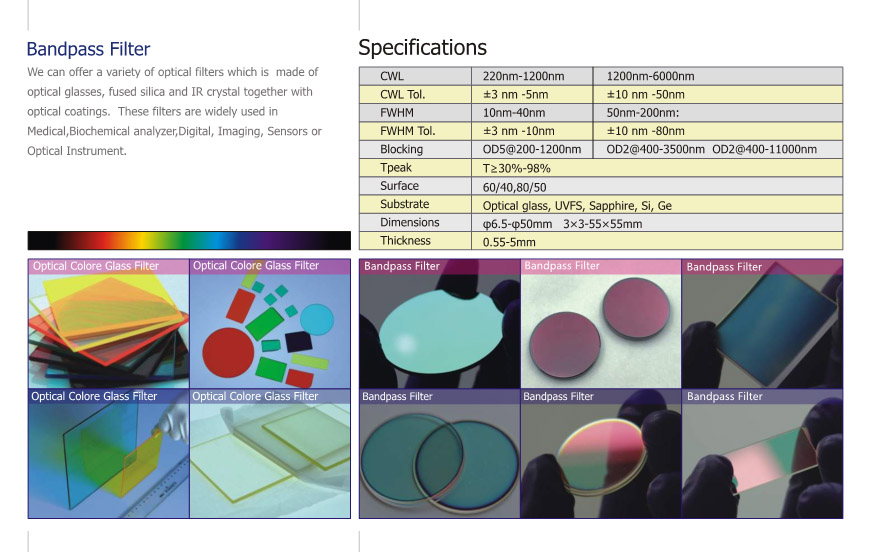Do not forget the parent fish species in autumn and winter
I. Scientific selection of broodstock. Should choose healthy and disease-free varieties, pay attention to identify the male and female and keep the male to female ratio of 1:1 to 1.5. General male fish mature earlier than female fish, too many males, will occupy the pond, consume feed, increase costs. The main purpose of broodstock rearing is to promote gonad development, generally adopt polyculture, and the stocking density is based on comprehensive consideration of the type of main fish, water quality, feed, and fertilizer. The main carp can be stocked with 100 to 140 kg per mu; the main carp can be stocked with 80 to 100 kg per mu. For grass and herring-based ponds, 120-140 kg of grass carp or 120-140 kg of herring are usually stocked per acre.
Second, timely see water fertilization. Autumn and winter should be timely fertilization to promote adequate nutrition for pro-fish savings, to ensure the normal development of broodstock broodstock. Grasshoppers and earthworms feed on plankton. It is crucial to look at water fertilization. In particular, strengthen fertilization before winter, generally about 400 kg of livestock manure per half a month, so that the color of the water to turn thick, while a small amount of supplementary fertilizer should also be added after the winter, fertilization should follow the principle of "more than a small amount of continuous supplement" principle . When fertilizing, it is also applied to mature fertilizer. It is best to use compost and muddy water. When thunderstorms and weather are hot in autumn and the air pressure is low, the amount of fertilizer should be strictly controlled so as not to cause broodstock pans.
Third, reasonable feeding feed. The key to nurturing grass and blue brooders is to feed them properly. In autumn, due to the lowering of water temperature, the feeding intensity of grass carp slowly declines, and the source of green material is gradually deficient. At this time, concentrates should be used as the main ingredient. Usually, broodstock weighing 10 to 15 kilograms per body weight is required, and about 50 grams of concentrated material should be fed daily. Feeding according to the "four definite" feeding method, fine, green material should be placed in time, usually in the morning put the green material, accounting for 30 to 50% of broodstock weight, afternoon investment concentrates accounted for 2 to 3% of broodstock weight. After entering the winter, the concentrate feeding should be appropriately reduced, usually at the next day when the water temperature is high, and once every 3 days when the water temperature is low. Herring is mainly fed with snails, clams and quail meats, supplemented with small amounts of bean cakes and other concentrates.
Fourth, appropriate adjustment of water quality. Regular water injection in autumn to regulate water quality is conducive to the development and maturation of gonads. The new water should be added according to the season, water quality, thin and broodstock feeding conditions, generally every 10 to 15 days, flushing water once, each time to make the water level rise 10 ~ 17 cm is appropriate. When the deterioration of pool water is severe, water change measures should be adopted. The broodstock breeding pond should be equipped with a special oxygen aerator, which can normally be turned on for oxygenation at 2-3 o'clock on a sunny day. When there is danger of floating head, the oxygen can be turned on to ensure the safety of the broodstock.
Fifth, prevent the occurrence of diseases. Regular disinfection and disease prevention. In general, bleaching powder is sterilized once every 15 days or so on ponds, food counters, etc., and the food table is cleaned and aired regularly. Water-blocking fashion is good for blocking facilities to prevent predators from entering the pro-fish pond. Strengthen day-to-day management, make it possible to cultivate broodstock, full-time staff management, special feeds, and touring ponds in the morning and in the evening to increase oxygen levels. When a disease occurs, professional technicians should be promptly asked to correctly diagnose the disease.
The passband filter is a kind of filter, which can separate a certain wavelength band of monochromatic light.
A filter that separates a certain band of monochromatic light from the composite light. It has a symmetrically distributed light transmittance curve, and the light transmittance is the largest at the center wavelength. At half of the peak transmittance, the wavelength spacing Δλ between two symmetric points on the transmittance curve is the bandpass half-width of the filter. Divided into narrowband filters and broadband filters. Used for spectroscopy instruments to eliminate the overlap of grating spectral levels.
The narrow-band filter is subdivided from the band-pass filter, and its definition is the same as that of the band-pass filter, that is, the filter allows the optical signal to pass through in a specific wavelength band, and deviates from the band outside this band. The optical signals on both sides are blocked, and the passband of the narrow-band filter is relatively narrow, generally less than 5% of the central wavelength value. Its main parameters are: center wavelength, half-width (bandwidth), peak transmittance, cut-off range, cut-off depth (OD value).

Shortpass Filter,Optical Shortpass Filter,Custom Shortpass Filter,Custom Optical Shortpass Filter
ChangChun Worldhawk Optics Co.,Ltd , https://www.worldhawk-optics.com